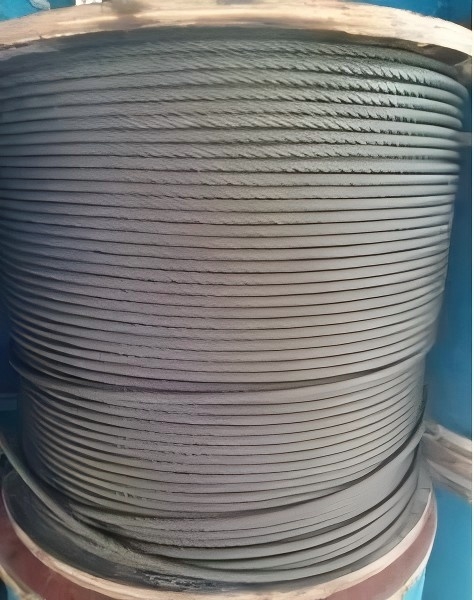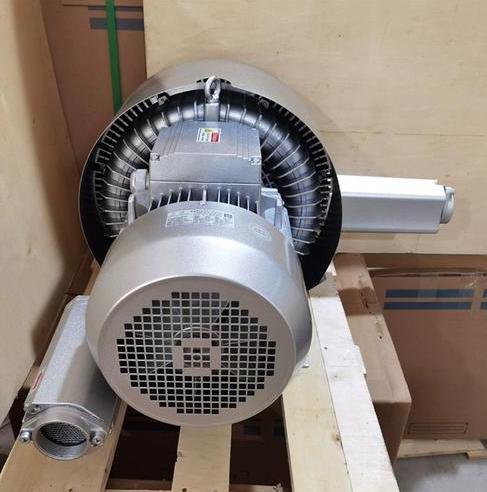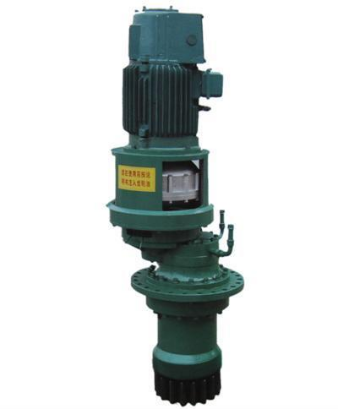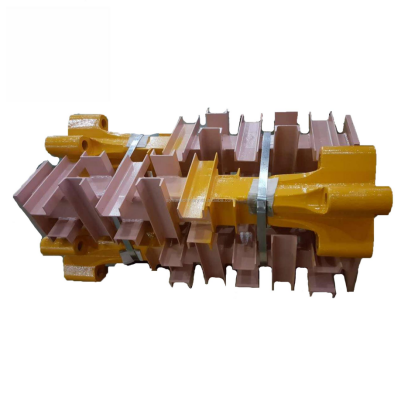Tower cranes are indispensable in modern construction, playing a crucial role in lifting and transporting heavy materials. The efficiency and safety of these machines heavily rely on the proper functioning of their components, particularly the luffing mechanism. This mechanism is responsible for raising and lowering the crane’s jib, enabling it to reach various heights and working radii.
This article will delve into the five major safety hazards associated with tower crane luffing mechanisms, along with crucial inspection points to ensure safe and efficient operation.

What is a Tower Crane Luffing Mechanism?
A tower crane luffing mechanism is a complex system of components that facilitate the adjustment of the jib’s angle. It typically involves a system of wire ropes, sheaves, and a trolley that moves along the length of the jib. By controlling the tension and movement of these elements, the crane operator can raise or lower the jib, effectively changing the working radius and height. This flexibility is essential for the crane to perform a wide range of lifting tasks efficiently.
Analysis of the Five Major Safety Hazards in Tower Crane Luffing Mechanisms
Luffing wire rope with broken strands and improperly installed wedge connector
The luffing wire rope has deteriorated due to excessive wear, resulting in broken strands. Additionally, the wedge-type connector has been installed incorrectly, further compromising the safety of the system.


Hazard Description:
The image above shows a luffing wire rope with broken strands, while the image below shows a wedge-type connector installed with the wrong orientation.
Wire ropes should be free of kinks, flattening, bending, broken strands, birdcaging, and broken core. When using wedge-type connectors, the working end of the wire rope should be located on the straight side of the wedge socket, and the tail end should be located on the inclined side.
Inconsistent Specifications and Orientations of Wire Rope Clips

Wire rope clips are used to secure the ends of the luffing wires. Improperly installed or sized clips can result in the wire rope slipping, which can lead to:
- Loss of tension: The luffing mechanism may not function correctly, affecting the crane’s ability to lift and lower loads.
- Wire rope damage: The slipping action can damage the wire rope itself, leading to premature failure.
- Increased risk of accidents: Sudden loss of tension or wire rope breakage can pose a serious safety hazard to personnel and property.
Hazard Description:
The wire rope end should be secured correctly, firmly, and reliably. When using rope clips, the clip seat should be clamped on the working section of the wire rope, and the U-bolt should be clamped on the tail end of the wire rope. The arrangement should not be reversed. The number of rope clips should comply with the table above, and the spacing between rope clips should be equal to 6-7 times the rope diameter. The tail end of the rope should be bound with thin steel wire.
Absence of Wire Rope Retaining Devices on Luffing Sheaves


The upper image shows a luffing sheave without a wire rope retaining device; the lower image shows individual missing luffing sheaves.
Luffing sheaves are the grooved wheels that guide the luffing wires. In some cases, these sheaves may lack proper retaining devices to prevent the wire rope from slipping off. This can occur due to:
- Sheave wear: Worn grooves can cause the wire rope to ride higher, increasing the risk of disengagement.
- Improper maintenance: Lack of regular inspection and maintenance can lead to the deterioration of retaining devices.
- Incorrect installation: Sheaves may be installed without proper consideration for wire rope retention.
Hazard Description:
The absence of retaining devices can lead to wire rope disengagement, resulting in the loss of control over the luffing mechanism and potentially catastrophic consequences.
Lack of Maintenance Cradles for the Luffing Trolley

The luffing trolley is responsible for moving along the length of the jib, carrying the wire rope sheaves. Regular maintenance of the trolley is crucial for safe and reliable operation. However, the absence of maintenance cradles can significantly hinder inspection and repair activities:
- Increased risk of accidents: Workers may be forced to perform maintenance tasks in precarious positions, increasing the risk of falls.
- Delayed maintenance: The lack of safe access can delay necessary repairs, potentially compromising the safety and functionality of the luffing mechanism.
- Reduced efficiency: Time-consuming and unsafe maintenance procedures can reduce the overall efficiency of crane operations.
Hazard Description:
A maintenance cradle should be attached to the trolley for easy daily maintenance, inspection, and troubleshooting. The maintenance cradle should be free of obvious deformation, and its installation should comply with the requirements of the user manual.
Excessive Wear of Luffing Trolley Wheels

The luffing trolley relies on its wheels to move smoothly along the jib. Excessive wear of these wheels can lead to:
- Uneven movement: Worn wheels can cause the trolley to move erratically, potentially damaging the jib or causing the wire rope to bind.
- Increased friction: Excessive wear can increase friction, leading to increased energy consumption and potentially overheating of the trolley.
- Premature failure: Severe wear can lead to premature failure of the trolley, requiring costly repairs or replacements.
Hazard Description:
Excessive wear of the trolley wheels can lead to unstable operation and reduced wheel load-bearing capacity, increasing the risk of breakage.
Inspection Points for Luffing Mechanisms

- The steel structure shows no visible cracks, welding defects, plastic deformation, or severe corrosion.
- The luffing mechanism operates normally without any oil leaks or abnormal noises. The luffing limit switch functions properly, and the braking device is sensitive and reliable.
- The sheaves rotate smoothly and are well-lubricated. They are free from the following defects: A) cracks; B) broken rims; C) groove wall thickness worn to 20% of the original thickness; D) excessive wear of the groove bottom.
- The drum has no cracks, broken rims, or excessive wear. When the wire rope end is secured to the drum using a pressure plate, the fixing device has a loosening and self-tightening function, and there are at least 2 fixing pressure plates.
- The wire rope is neatly arranged and correctly wound on the drum, with no broken wires or wear exceeding the scrap standard. It is well-lubricated and must not come into contact or rub against the metal structure. When extended to the maximum working length, at least 3 turns of wire rope must remain on the drum.
- A buffer and stop device are installed at the root of the crane boom, and they are in good and reliable condition.
Summary Final Thoughts

The luffing mechanism is a critical component of any tower crane, and its proper functioning is paramount for safe and efficient operation. By understanding and addressing the five major safety hazards outlined in this article, construction professionals can significantly reduce the risk of accidents and ensure the longevity and reliability of their tower cranes.
CPTC is a professional tower crane parts manufacturer that meets diverse needs in an all-round way. If you have any questions about the tower crane luffing mechanism, please contact our professional customer service to solve your problem.
Related Products
Tower Crane Steel Wire Rope
Wide variety of specifications
Centrifugal Fan for Slewing Mechanism
Simple design
Prevents overheating
Ensures smooth operation
Tower Crane Slewing Device
Smooth Operation
Export directly without 3RD company
All Kinds of Tower Crane Fixing Angle
Good stability
Lightweight





